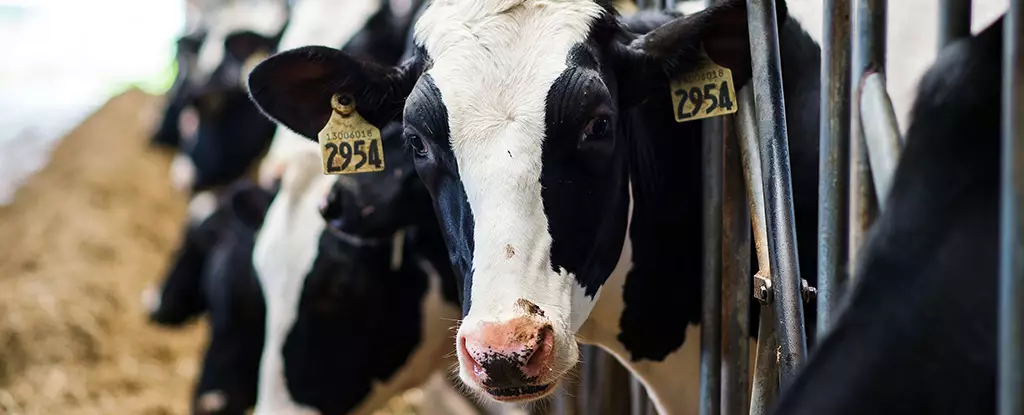The recent case of a dairy farmer contracting the highly pathogenic bird flu A(H5N1) from a cow in the US has raised serious concerns about the potential implications for public health. This transmission, which is the first of its kind on record, highlights the need for increased vigilance and monitoring of diseases that can jump from animals to humans.
Experts have been closely monitoring the spread of the bird flu virus since 2020, when it first emerged as a global threat. The virus has moved from poultry and wild animals to mammals, including dairy cows, marking a significant shift in its transmission patterns. This unexpected jump from birds to mammals poses a new set of challenges for researchers and health authorities.
In the case of the dairy farmer who contracted the virus, the initial symptoms manifested as inflammation in the eye, rather than the typical upper respiratory infection seen in bird flu cases. This unique presentation of the virus in humans adds to the existing knowledge base on how the disease can manifest and helps experts in identifying and treating future cases more effectively.
With each new human host that the bird flu virus infects, there is a heightened risk of adaptation and mutation, potentially making it more infectious to humans. The identification of a genetic change (PB2 E627K) in the virus found in the infected dairy farmer suggests that the virus is evolving to better adapt to mammalian hosts, further emphasizing the need for continued surveillance and research.
Given the high mortality rate associated with the bird flu virus in humans, it is crucial that scientists and health authorities work together to minimize the ongoing spread of the disease. Monitoring livestock, including dairy cows, and those who come into contact with them will be essential in preventing future outbreaks and potential human-to-human transmission.
The recent case of cow-to-human transmission of bird flu is expected to drive further research into how the virus is evolving and adapting to different hosts. Understanding the genetic changes and transmission patterns of the virus will be key in developing effective prevention and control strategies to mitigate the impact of future outbreaks. Researchers, like environmental toxicologist Steve Presley, are optimistic that this study will lay the groundwork for future advancements in the field of infectious disease research.
The recent case of cow-to-human transmission of the bird flu virus serves as a stark reminder of the ongoing threat posed by zoonotic diseases. By staying vigilant, conducting thorough investigations, and implementing robust control measures, we can work towards preventing future outbreaks and protecting public health.


Leave a Reply